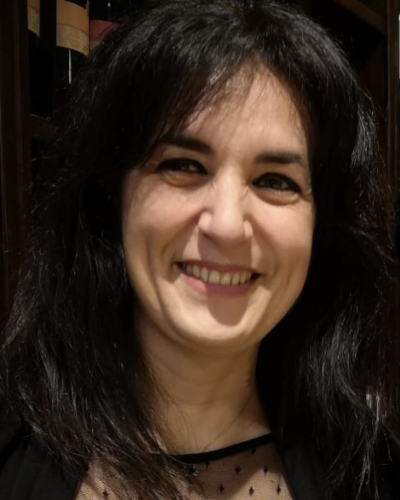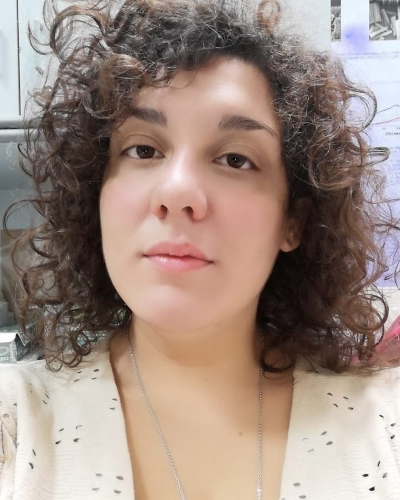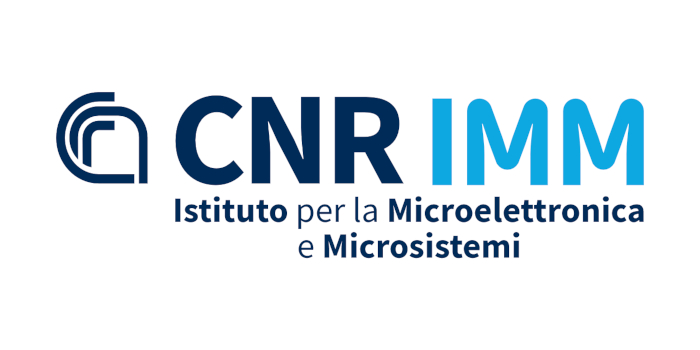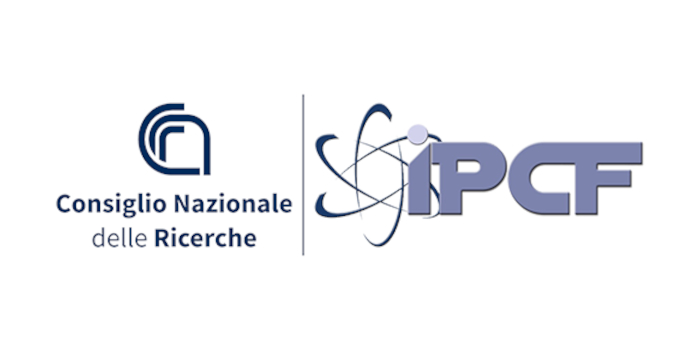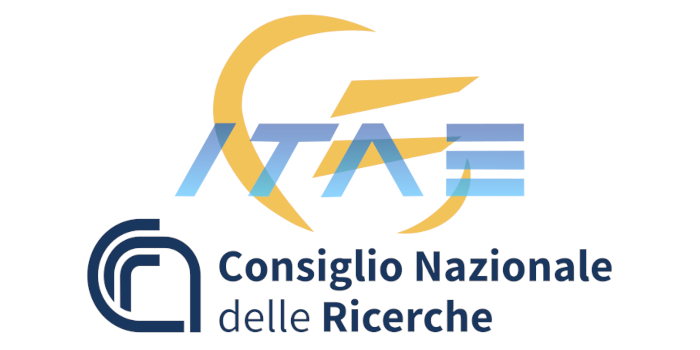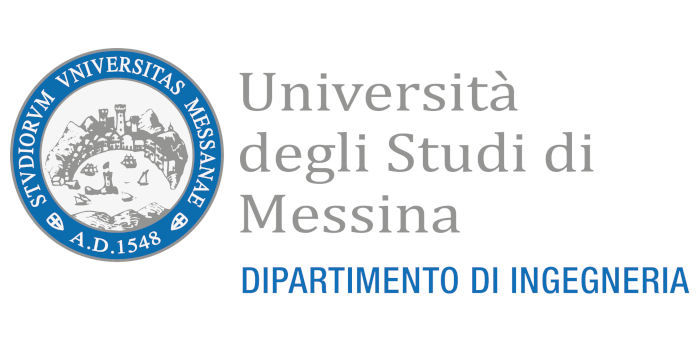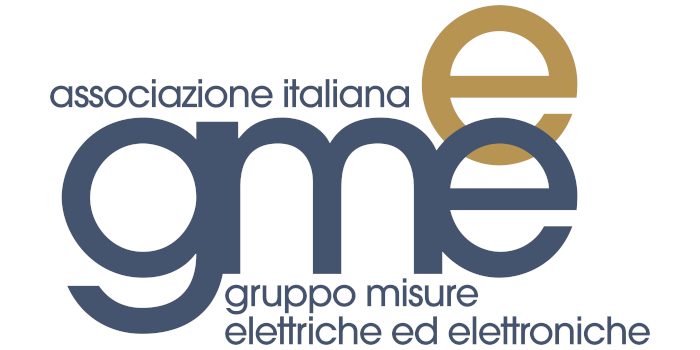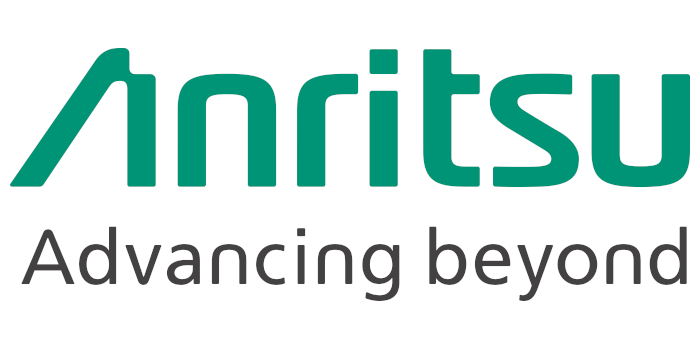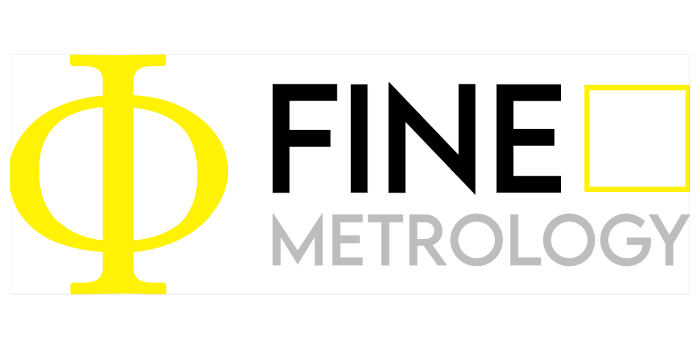SPECIAL SESSION #10
Innovative materials and sensing platforms for environmental monitoring and pollutants detection
ORGANIZED BY
Silvia Scalese
CNR-IMM, Catania, Italy
Viviana Scuderi
CNR-IMM, Catania, Italy
Simona Filice
CNR-IMM, Catania, Italy
ABSTRACT
The rapid expansion of human activities and industrial production has led to an increasingly complex array of environmental pollutants from both natural and anthropogenic sources. Natural sources of pollution include geological environments as for example volcanic activity. On the anthropogenic side, industrial production, mining activities and agricultural practices represent major sources of pollution. Additionally, lifestyle changes led to an increase of the use of pharmaceutical and personal care products, generating emerging pollutants resistant to traditional treatment processes.
These factors contribute to the emergence of various diseases, many of them have long-term epidemic characteristics and negatively affect the health and life quality of populations, hindering regional economic growth, social development, and environmental sustainability.
In this regard, increasing stringent regulations related to environmental standards makes mandatory the use of advanced environmental monitoring systems. Accurate detection and continuous monitoring of environmental pollutants (i.e. particulate, biological and chemical agents, temperature, moisture and UV sensing) are essential for designing effective prevention and control strategies. Furthermore, in an industrial or hospital context, environmental monitoring is an indispensable part of daily operations, intertwining safety, sustainability, and compliance.
Traditional detection technologies, such as chemical analysis and biological monitoring, require complex sample processing and these are not efficient in the detection of multiple pollutants. Emerging detection technologies mainly based on nanotechnology are not only enhancing sensitivity, precision, speed and selectivity, but are also enabling the simultaneous detection of multiple pollutants.
Nanomaterials, such as noble metal nanoparticles, quantum dots, magnetic nanoparticles, carbon-based materials and inorganic semiconductors, possess unique properties, including large surface area/volume ratio and enhanced chemical reactivity, that can be exploited for the design of innovative sensing devices. Therefore, customization of electrical, electrochemical and optical sensors using a plethora of nanomaterials is possible, allowing to reach high sensitivity, selectivity, reliability and practicality. In this context, micro and nanostructured materials obtained from natural sources, along with green functionalization processes have gained a lot of interest by both academia and industry communities, since they are characterized by low cost and high sustainability.
TOPICS
This special session welcomes contributions related to the environmental monitoring and the detection of air, water and soil contaminants, based on the use of micro and nanostructured materials as sensing agent.
Topics of interest include, but are not limited to:
- Nano and micromaterials (synthesis, characterization) aimed to the development of sensing platforms
- Modelling of sensing layer and pollutants interactions
- Production of sensing materials from natural sources and by green processes
- Optical and electrical transduction sensors
- Electrochemical sensors for wastewater monitoring
- Water and air pollutants detection
- UV detection
- Environmental control in industrial and nosocomial ambients
ABOUT THE ORGANIZERS
Silvia Scalese is Senior Researcher at the Institute for Microelectronics and Microsystems of the National Research Council (CNR-IMM) in Catania. She received her M.S. degree in Physics and PhD in Physics at the University of Calabria, respectively, in 1994 and 1998. After some years as Post-doc researcher at INFM (University of Catania), in December 2001 she joined CNR-IMM in Catania with a permanent Researcher position. Nowadays she is in charge of the Scanning Electron Microscopy and the Surface Electron Spectroscopies laboratories at IMM.
Research activities carried out by Dr. Scalese and her team (Nano4App group) include the study of nanomaterials and nanocomposites for health and environmental applications and, focusing in particular on (i) synthesis and characterization; (ii) adsorption and photocatalytic properties of materials for the removal of contaminants from water; (iii) innovative materials for the development of sensing devices (gas, biological molecules, UV radiation). She has co-authored more than 150 papers on international peer-reviewed journals and two book chapters.
Viviana Scuderi is a researcher at the Institute of Microelectronic and Microsystems (IMM) of the National Research Council (CNR) since 2020. She graduated in Physics, and she received PhD in Materials Science at University of Catania in 2008. Her main areas of research are in the synthesis and characterization of nanomaterials, especially C-based, TiO2 and CuO nanostructures for sensing and photocatalytic applications; and on the development of 3C-SiC bulk growth process and characterization. She is author of one patent and more than 55 papers in peer review international journals.
Simona Filice is a researcher at the Institute of Microelectronic and Microsystems (IMM) of the National Research Council (CNR) since 2022. She graduated in Chemistry and received PhD in Materials Science and Nanotechnologies at University of Catania in 2018. Her research activity and interests are mainly related to synthesis and/or modification of nanoparticles by pulsed laser ablation or chemical processes and the synthesis of polymeric nanocomposites. She has tested these materials in environmental application as adsorbents, filters or photocatalysts for the removal of water contaminants, for antimicrobial and antibiofouling activity and as sensing platform for water pollutants and UV light detection. She has co-authored more than 29 papers on international peer-reviewed journals and one book chapter.


